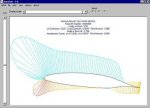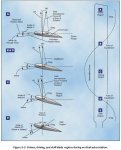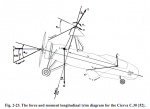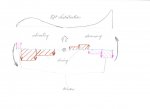kolibri282
Super Member
Dear all,
in one thread in the "Theory of Flight" section some basic questions regarding autorotation and autogyro flight had been asked. It occured to me that we have currently only fairly advanced material in our technical papers section. I would therefore like to invite everyone to post links to this thread where the most basic stuff - e.g. force diagram at a blade element with some explanation on how autorotation works - is well presented. I remember having seen some great stuff in the Rotary Forum so one idea would be to just post a link to stuff you have posted earlier to some thread of our forum. Please make this a great thread for those who take the first steps in understanding gyro flight!
in one thread in the "Theory of Flight" section some basic questions regarding autorotation and autogyro flight had been asked. It occured to me that we have currently only fairly advanced material in our technical papers section. I would therefore like to invite everyone to post links to this thread where the most basic stuff - e.g. force diagram at a blade element with some explanation on how autorotation works - is well presented. I remember having seen some great stuff in the Rotary Forum so one idea would be to just post a link to stuff you have posted earlier to some thread of our forum. Please make this a great thread for those who take the first steps in understanding gyro flight!
Last edited:





